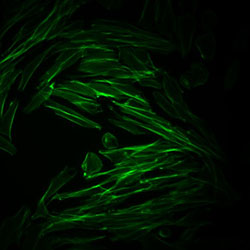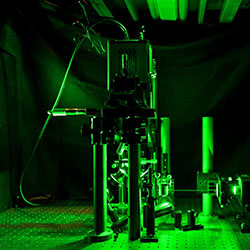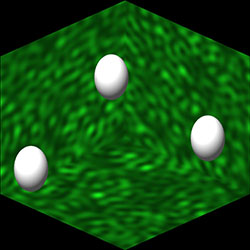 Home > Research > Mechanical Action of Light
Home > Research > Mechanical Action of Light

Advanced photobiology
Light is a promising candidate for influencing biological phenomena in a noninvasive manner. Optical trapping and manipulation techniques are being used to control cellular elements at ever decreasing intensities, presenting very little adverse effects to the overall health of the cells. Since cell migration is the basis for many complex processes of cell biology, this research has a variety of clinical, diagnostic and therapeutic uses.

Momentum manipulation
Electromagnetic waves carry angular momenta. The associated conservation laws in both propagation and scattering provide insights into optical spin transfer and power flows. Such phenomena can be actively controlled leading to new paradigms for generating nondissipative mechanical forces and torques and for developing novel sensing approaches at nanoscales. We are designing means to manipulate the properties of electromagnetic fields with direct consequences for controlling different manifestations of optical forces.

Collective effects
Harnessing light at scales comparable with the wavelength offers distinctive possibilities not only for sensing material or radiation properties but also for regulating the mechanical action induced by light. In complex interacting systems, the strong coupling between light and matter leads to an interplay between conservative and nonconservative action which creates unique non-equilibrium dynamics. The continuous reconfiguration of the electromagnetic field in space and time provides exclusive capabilities for sensing, guiding, and controlling material systems.